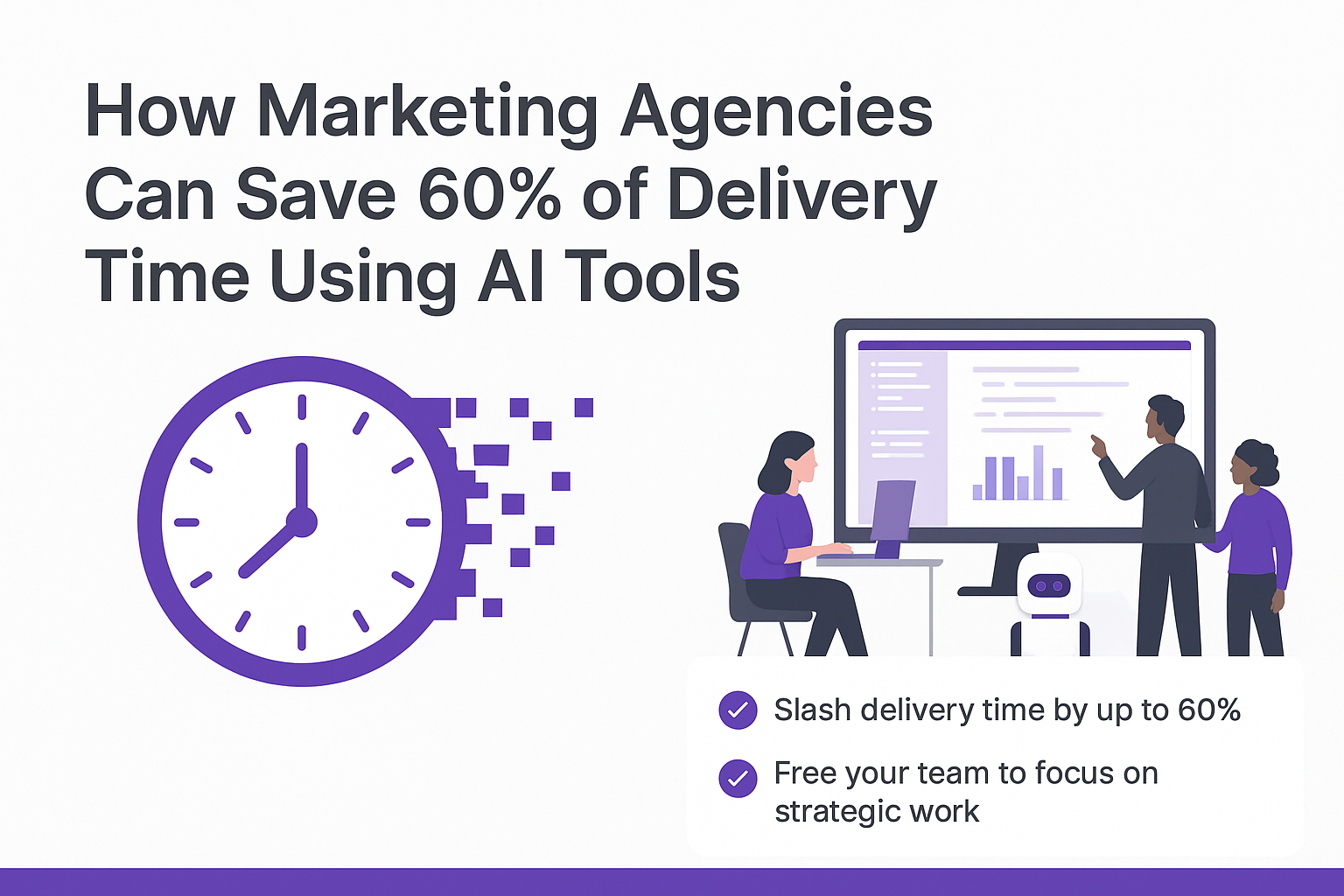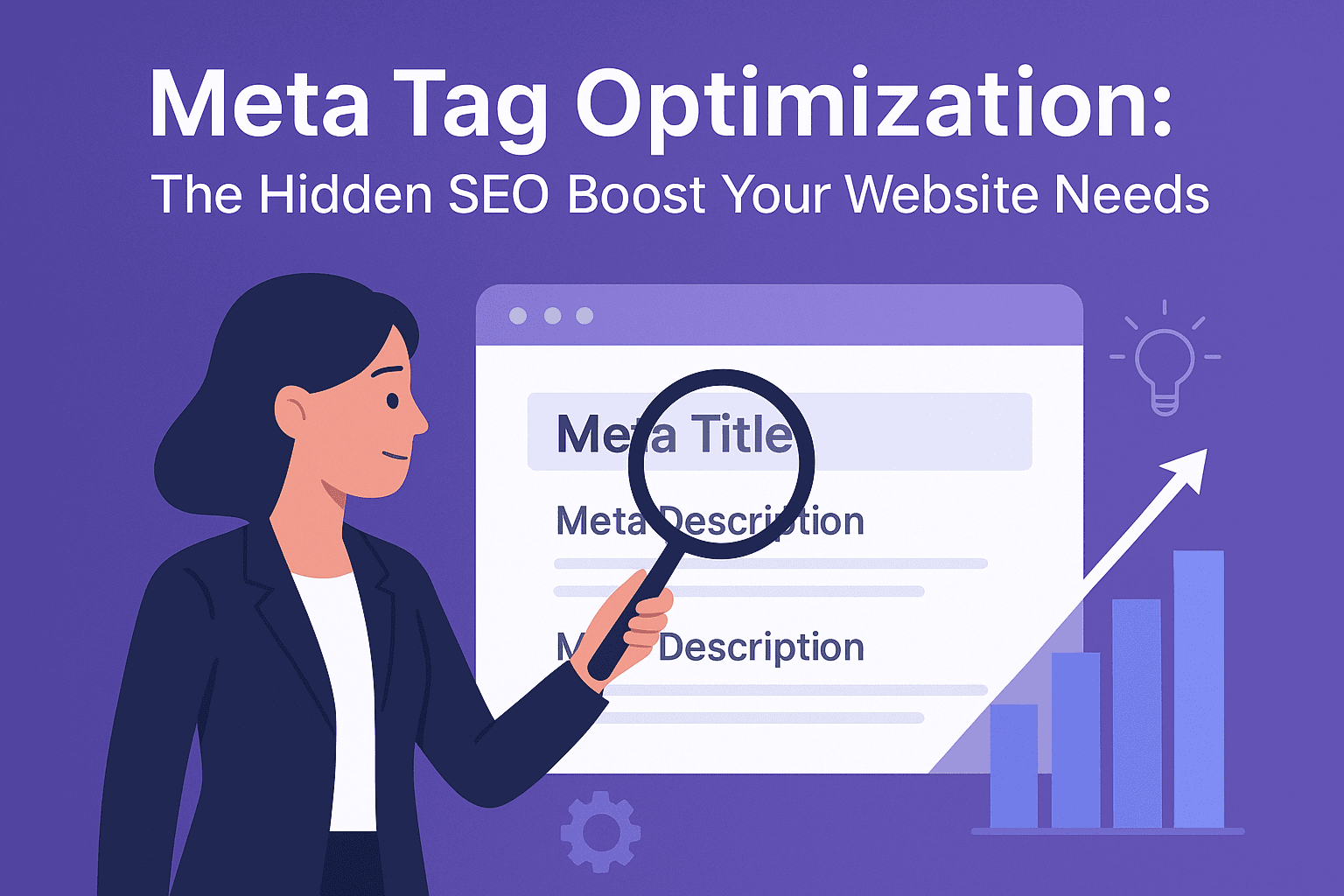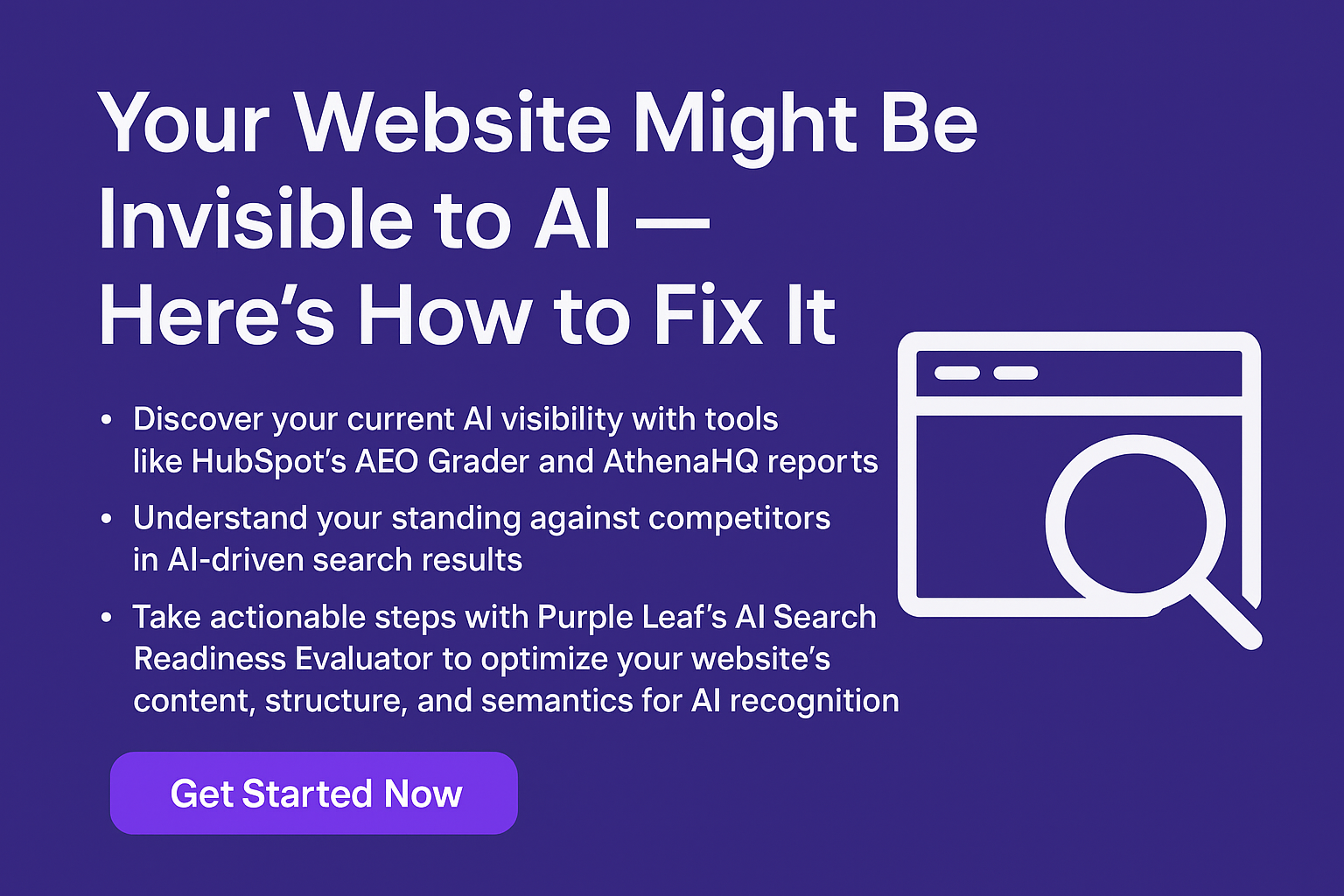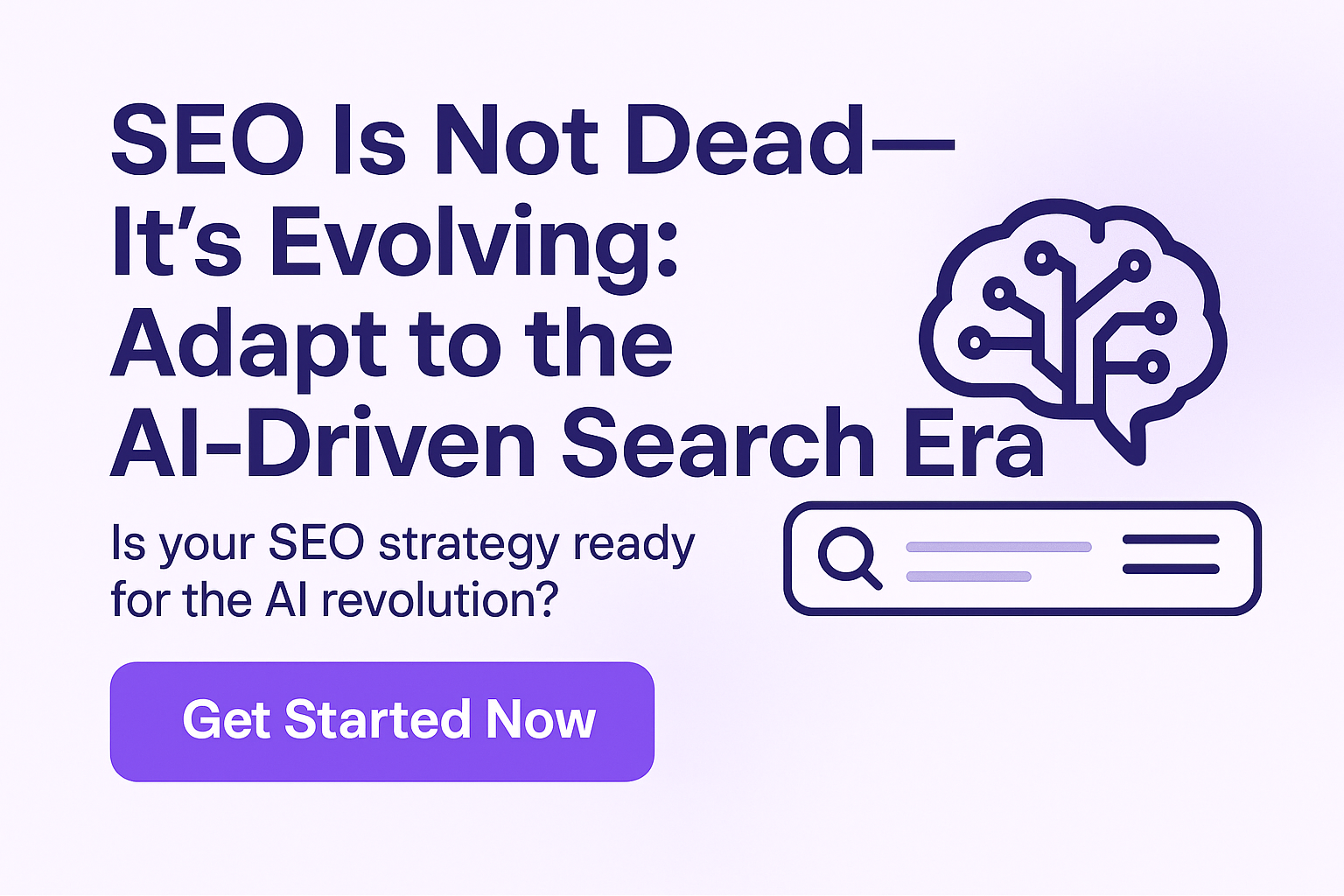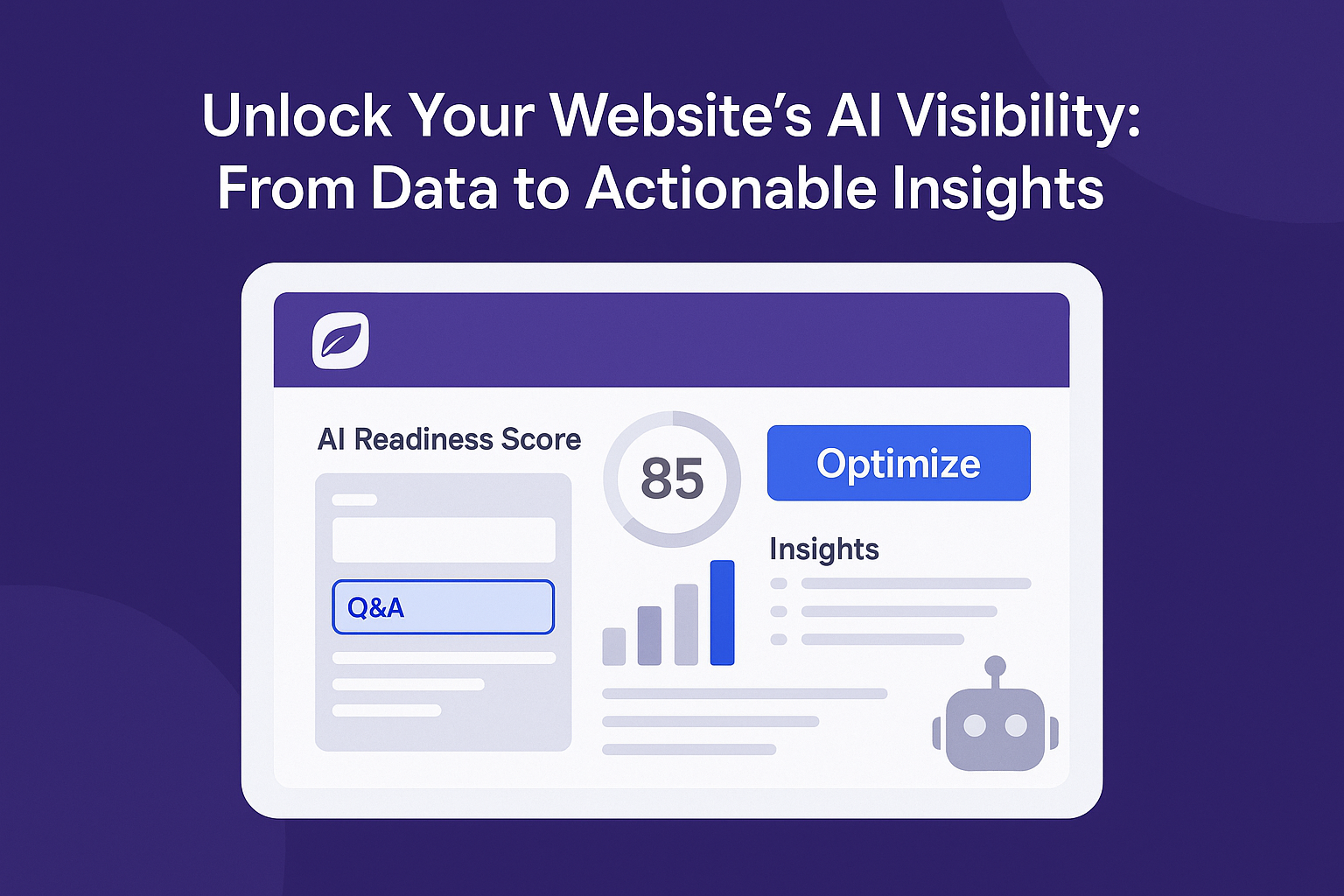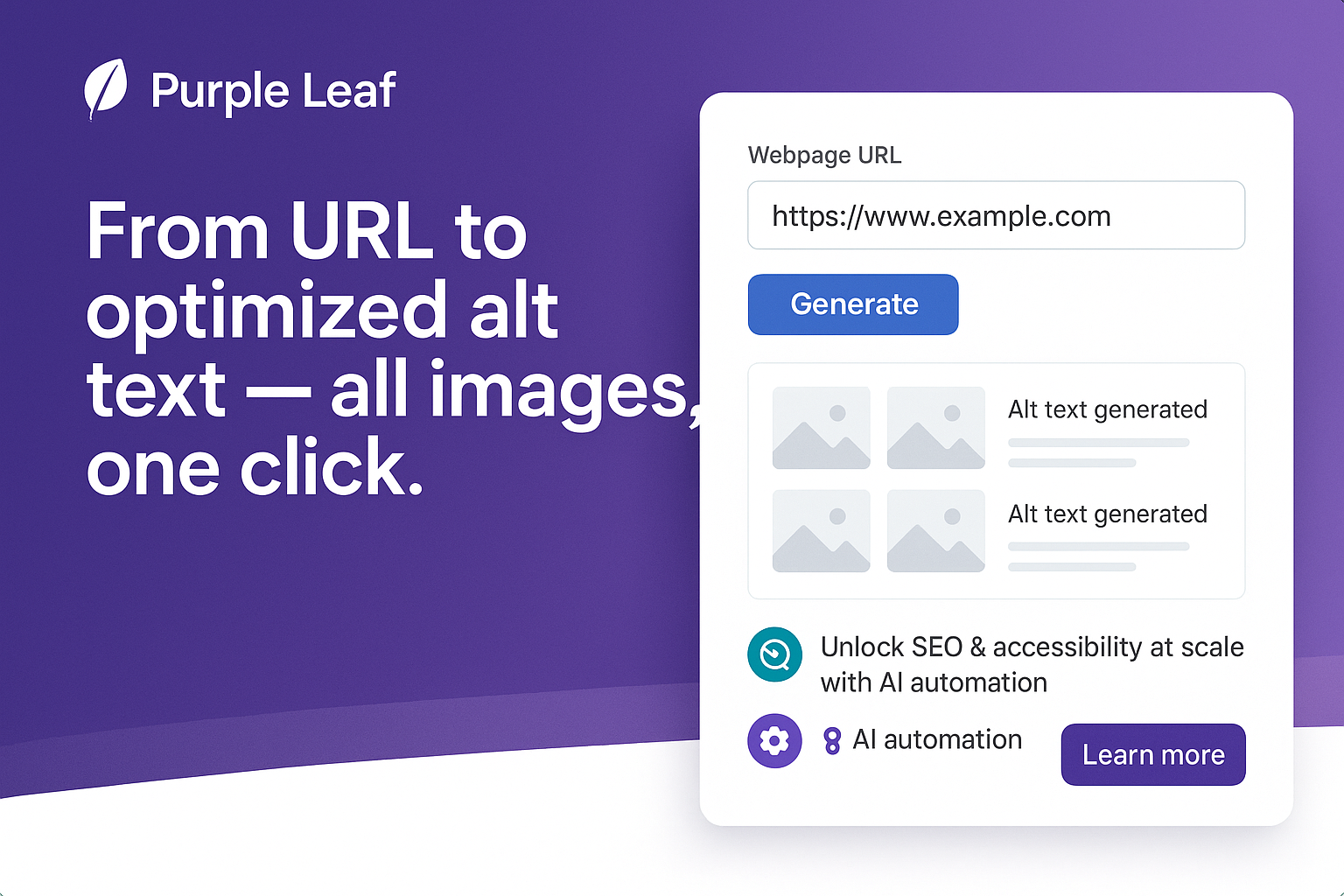
As of September 2025, Google is processing over 14 billion searches daily. Yet more than 60% of those end without a click, because users are already finding what they need in AI-driven summaries. Meanwhile, ChatGPT users are now generating 2.5 billion prompts daily with research showing 80% of searchers relying only on AI summaries for 40% of their queries.
The shift is clear: people don’t just want links anymore—they want direct, trusted answers. That’s where Answer Engine Optimization (AEO) comes in. Unlike traditional SEO, which helps you rank, AEO ensures your content is actually quoted by AI engines like Gemini, Bing Copilot, and ChatGPT.
The opportunity is massive. The question is: Is your website ready to be part of AI-driven answers?
Where to Start: From SEO’s E-A-T to AEO’s Clarity, Credibility, Reliability
In SEO, you may already know the concept of E-A-T (Expertise, Authoritativeness, Trustworthiness). It’s how Google evaluates whether content deserves to rank.
But AI search engines work differently. They don’t just list—they cross-reference, synthesize, and generate answers. That means E-A-T still matters, but it transforms into a new set of priorities for AEO:
1. Clarity (Expertise → Clarity of Expression)
AI favors content that’s structured, easy to parse, and direct. Clear summaries, FAQs, and logical headings make your expertise usable by AI.
2. Credibility (Authoritativeness → Credibility Signals)
AI engines check whether your content is backed by trusted sources, attributed to real authors, and reinforced by your brand’s identity.
3. Reliability (Trustworthiness → Reliability & Accessibility)
Beyond correctness, your site must be technically optimized, regularly updated, and machine-readable—because AI needs to trust it’s pulling from a reliable source.
👉 Websites that nail these 3 pillars will move from just being findable to being quotable inside AI answers.
The 14 Key Factors for AI Search Readiness
Now that we have a basic understanding of the core metrics, let’s break these down into 14 actionable factors that strengthen AI search visibility.
1. Clarity
Readability – Keep content clear and easy to follow.
TL;DR / Summary – Offer quick takeaways AI can lift into answers.
Q&A Blocks – Use FAQs to directly answer user intent.
Entity Salience – Consistently mention key topics so AI knows your focus.
Snippet Density – Use short paragraphs, lists, and bullets for digestibility.
Semantic Heading Hierarchy – Organize with H1–H6 so AI understands structure.
2. Credibility
Outbound Links – Cite trusted sources to signal authority.
Author & Citations – Show who wrote it and back claims with references.
Organization Identity – Make About/Contact info clear and consistent.
Internal Context Links – Connect related pages to show depth and relevance.
3. Reliability
Structured Data – Add schema markup for machine clarity.
Content Freshness – Keep pages updated and relevant.
Meta Completeness – Ensure titles, descriptions, and tags are filled.
Alt Text & Captions – Describe visuals so AI can interpret them.
Together, these 14 factors operationalize the 3 AEO pillars, giving your site the best chance to surface in AI-generated answers.
How Purple Leaf Can Help
Optimizing across all 14 areas can feel overwhelming. That’s where Purple Leaf’s AI Search Readiness Checker comes in.
It runs a full audit of your site and highlights gaps—like missing summaries, weak Q&A blocks, or absent schema markup. With clear, actionable fixes, you can strengthen your Clarity, Credibility, and Reliability without guesswork.
With Purple Leaf, you’re not just keeping up—you’re staying ahead. Your content becomes SEO-friendly and AI-ready, ensuring your brand shows up not just on Google’s first page, but inside the answers people actually read.
Final Takeaway
AI search isn’t a future trend—it’s the present reality. Users are shifting from “10 blue links” to direct answers powered by AI engines, and only sites that adapt will keep their visibility.
The playbook is simple:
Start with the 3 AEO pillars: Clarity, Credibility, Reliability.
Strengthen them with the 14 actionable factors.
Use tools like Purple Leaf to accelerate the process. Here is the link to the AEO Report generator that will help you understand how you are doing on these parameters.
To help you get started we have covered these factors in detail in subsequent blogs. These blogs aim to help you understand how best to leverage these factors to improve AI Visibility. Here is the first blog on Readability to start off.
